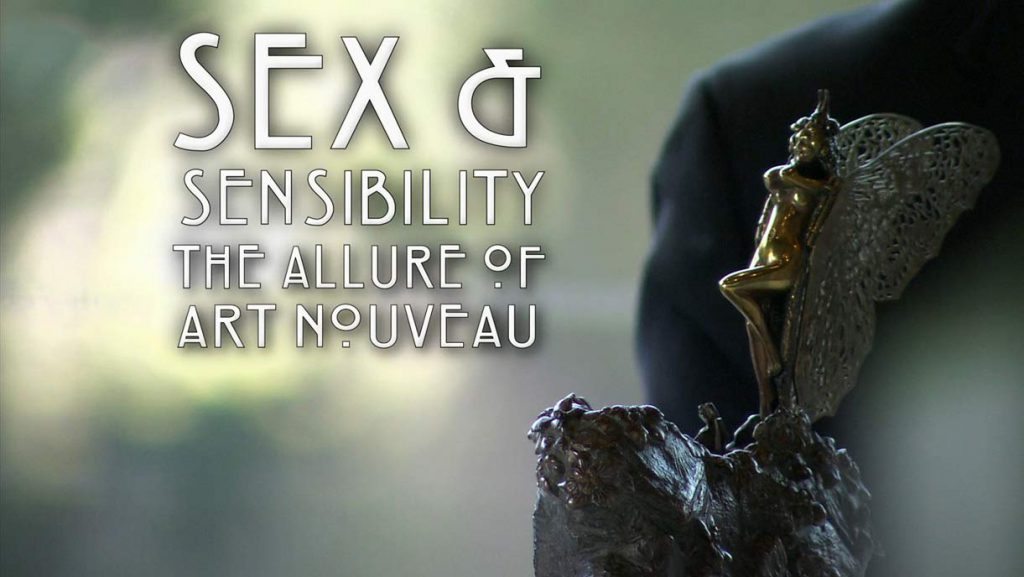The Allure of Art Nouveau episode 2 – British Cities: Britain’s art nouveau heritage is excavated as cultural correspondent Stephen Smith unearths the bright. Stephen Smith explores Britain’s art nouveau heritage, from the controversial life of Aubrey Beardsley to the work of Mary Watts and the influence of Arthur Liberty.
On a mission to uncover lesser-known stars of Britain’s version of this continental fin-de-siecle style, he explores the stunning work of Mary Watts and the massive influence of department store entrepreneur Arthur Liberty. In Scotland, he celebrates the innovative art nouveau of Charles Rennie Mackintosh, but looks harder at the extraordinary and influential work of Mackintosh’s wife, Margaret MacDonald.
The Allure of Art Nouveau episode 2 – British Cities
Fin de siècle is a French term meaning “end of century”, a term which typically encompasses both the meaning of the similar English idiom turn of the century and also makes reference to the closing of one era and onset of another. The term is typically used to refer to the end of the 19th century. This period was widely thought to be a period of social degeneracy, but at the same time a period of hope for a new beginning. The “spirit” of fin de siècle often refers to the cultural hallmarks that were recognized as prominent in the 1880s and 1890s, including ennui, cynicism, pessimism, and “…a widespread belief that civilization leads to decadence.”
The term “fin de siècle” is commonly applied to French art and artists, as the traits of the culture first appeared there, but the movement affected many European countries. The term becomes applicable to the sentiments and traits associated with the culture, as opposed to focusing solely on the movement’s initial recognition in France. The ideas and concerns developed by fin de siècle artists provided the impetus for movements such as symbolism and modernism.
Art Nouveau
Art Nouveau is an international style of art, architecture, and applied art, especially the decorative arts, known in different languages by different names: Jugendstil in German, Stile Liberty in Italian, Modernisme català in Catalan, etc. In English it is also known as the Modern Style. The style was most popular between 1890 and 1910 during the Belle Époque period that ended with the start of World War I in 1914. It was a reaction against the academic art, eclecticism and historicism of 19th century architecture and decoration. It was often inspired by natural forms such as the sinuous curves of plants and flowers. Other characteristics of Art Nouveau were a sense of dynamism and movement, often given by asymmetry or whiplash lines, and the use of modern materials, particularly iron, glass, ceramics and later concrete, to create unusual forms and larger open spaces.
One major objective of Art Nouveau was to break down the traditional distinction between fine arts (especially painting and sculpture) and applied arts. It was most widely used in interior design, graphic arts, furniture, glass art, textiles, ceramics, jewellery and metal work. The style responded to leading 19-century theoreticians, such as French architect Eugène-Emmanuel Viollet-le-Duc (1814–1879) and British art critic John Ruskin (1819–1900). In Britain, it was influenced by William Morris and the Arts and Crafts movement. German architects and designers sought a spiritually uplifting Gesamtkunstwerk (“total work of art”) that would unify the architecture, furnishings, and art in the interior in a common style, to uplift and inspire the residents.




